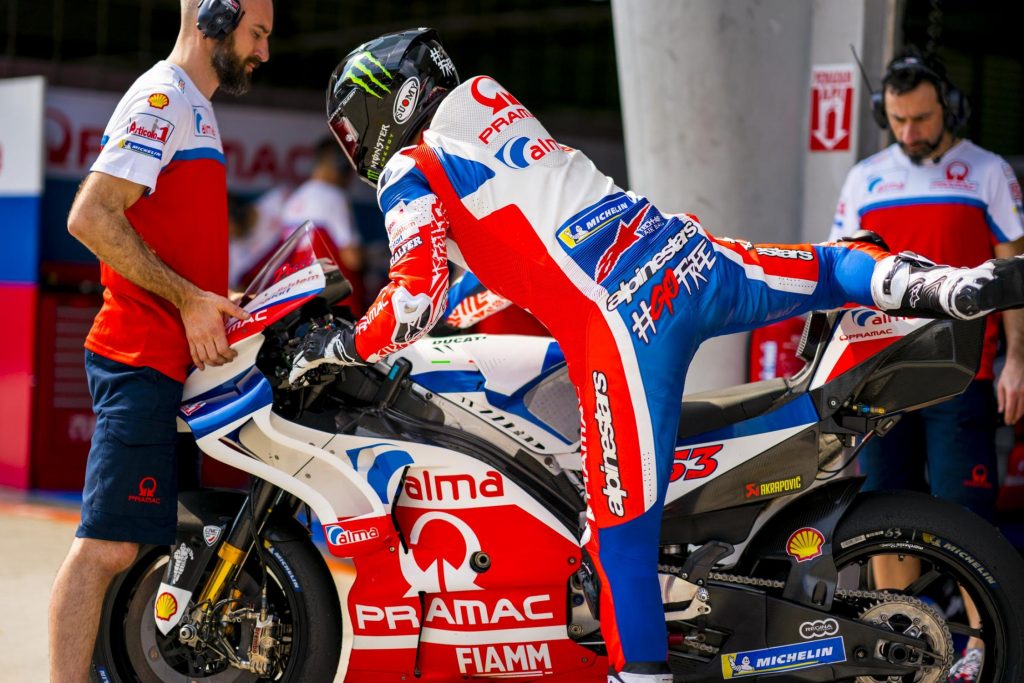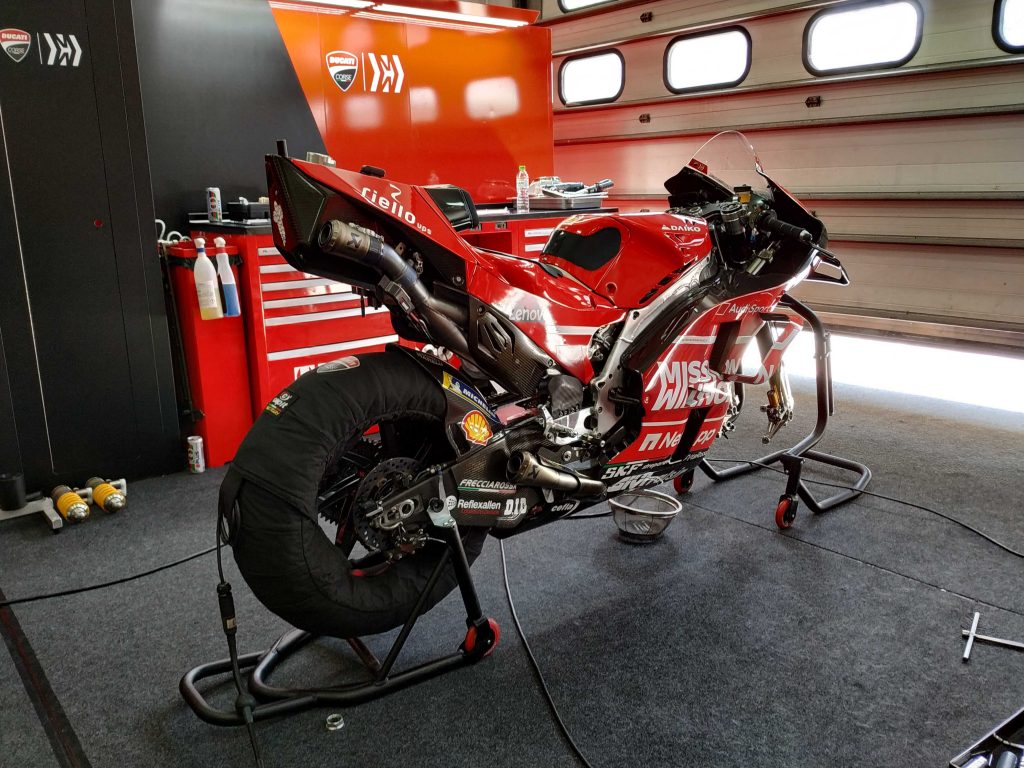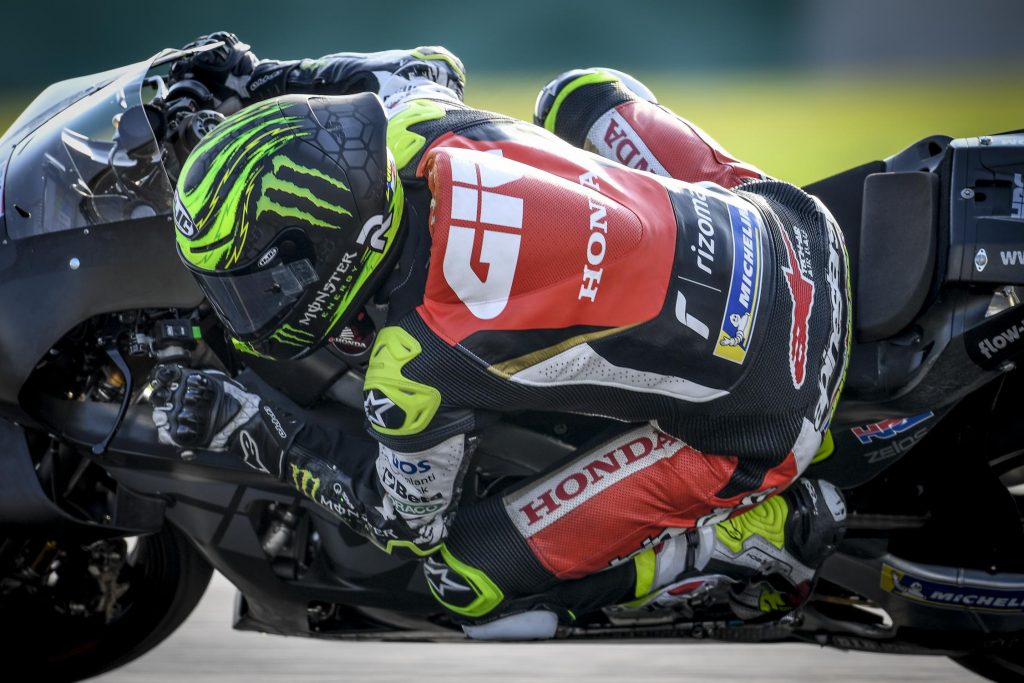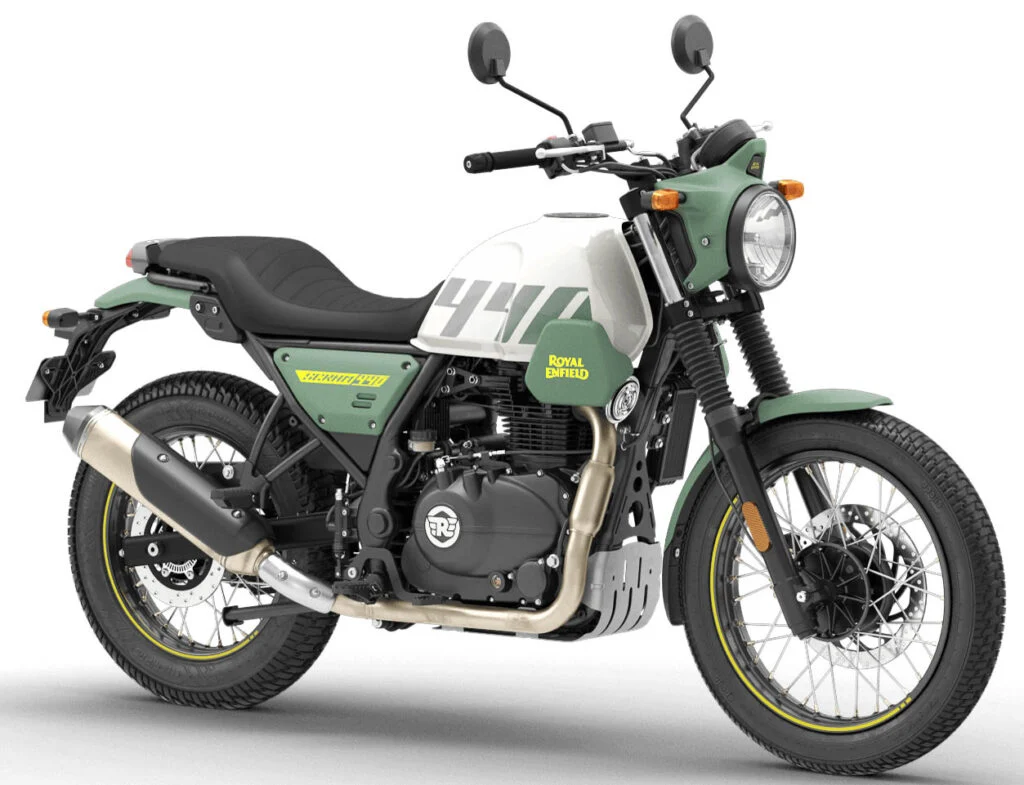-
The MotoGP, Moto2 and Moto3 classes hold pre-season tests each year.
-
But there is an extra immediacy in MotoGP pre-season tests.
-
It’s especially crucial lately due to the limit on testing and development throughout the season.
There’s so much coverage not just for the regular MotoGP, Moto2 and Moto3 season these days. But why is pre-season testing so important?
Why do teams pay so much attention to just four sessions over three months, although the race calendar covers 19 venues worldwide over eight months?
The main objective of the pre-season tests is to discover more about the new machinery and gain the all-important data. This term is oversimplified as there are countless number of regimes that the riders, teams, the component engineers, tyre engineers, so forth need to test for and gain the required feedback.
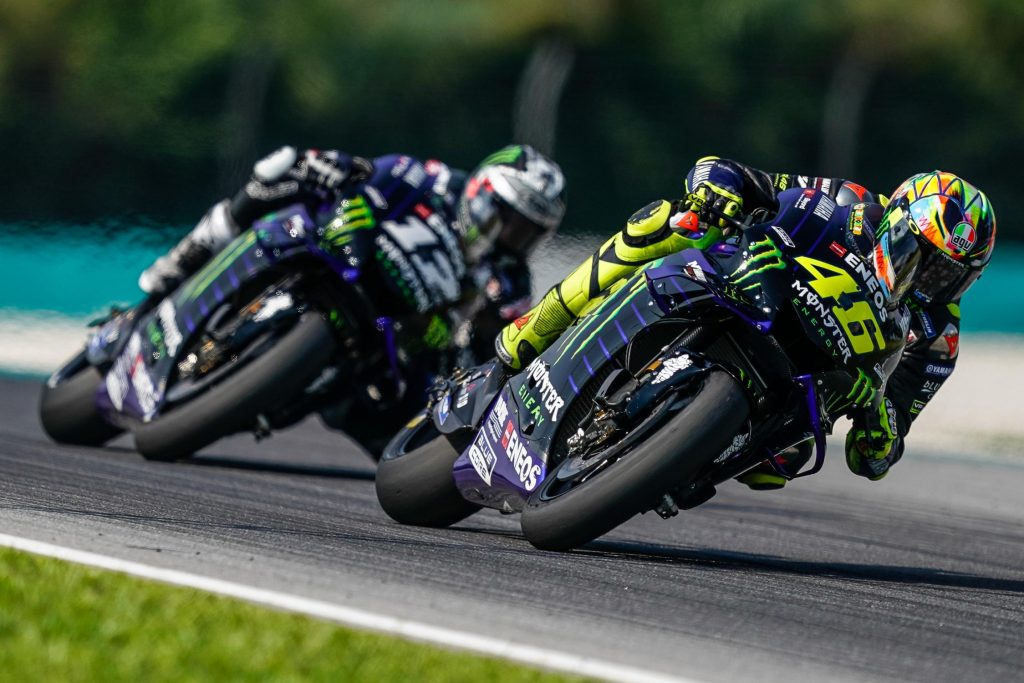
The riders would put in a large number of laps on track while trying to figure out how the tyres and bike work and finding the optimal way of extracting the best performance (i.e. lap times) out of them. The team’s engineers meanwhile, need to figure out what suspension and electronic settings could unlock the bike and its components’ full potential. That data will be useful in the races to come as the teams have a basic idea of what the bike does.
Other suppliers such as helmet and racesuit makers for the riders, exhaust makers, motorcycle component makers, etc. are also keen for feedback to improve their products. This is when they can tailor a certain fit for the rider. That goes for footpeg suppliers, for instance, as well.
However, that still doesn’t explain the immediacy we see these days. That is due to the limits on testing mandated by the GP Commission.
Along with standardized technological specifications, the GP Commission limit the number of official testing events to curb the cost spent by the factory teams, besides giving less time for the bikes to “evolve” over the season.
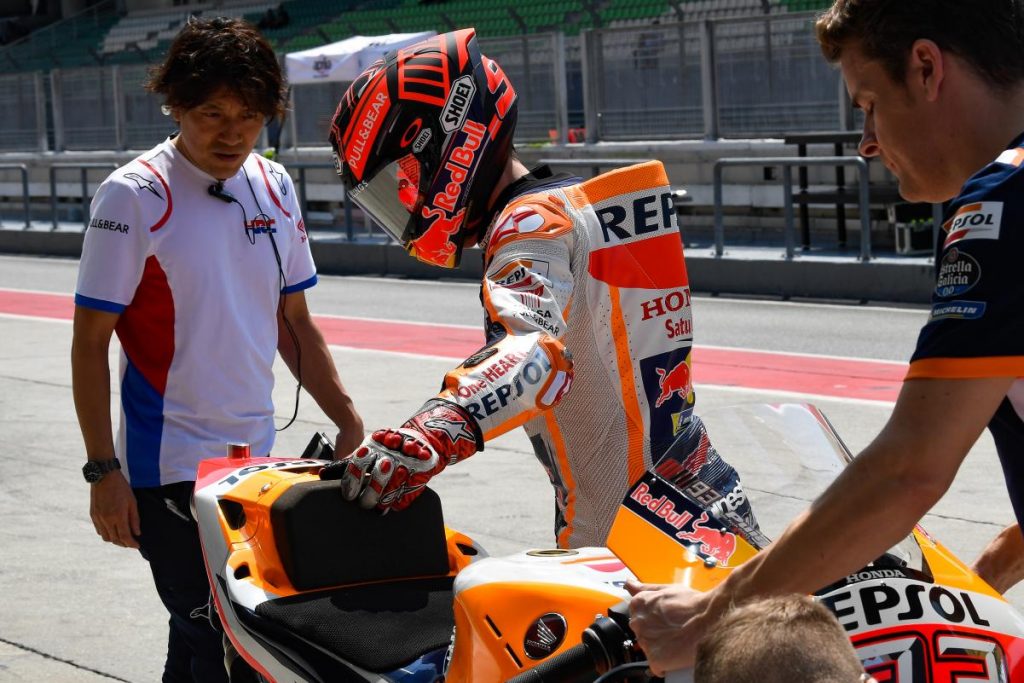
At the conclusion of the fourth and final pre-season test at Qatar, teams without concessions must declare the engine they will use for the entire season. When the engines are produced, they will be crated and sealed by the Grand Prix Commission. Thus, the team will need to use that engine throughout the year.
Therefore, the team is screwed for the entire year if they picked the wrong engine.
The GP Commission made this decision to keep development in check and ensures that teams with more resources (read: money) could not keep upgrading their bikes as the season progresses.
The progress we see these days come from elsewhere such as suspension tuning, electronic strategy, tyres, bike’s suitability to certain tracks and of course, rider skill.
By the way, what does it mean by “teams without concessions”? Under the rule book, teams or manufacturers who have not attained the number of podiums in dry races are given more leeway i.e. concessions to develop their motorcycles throughout the season.
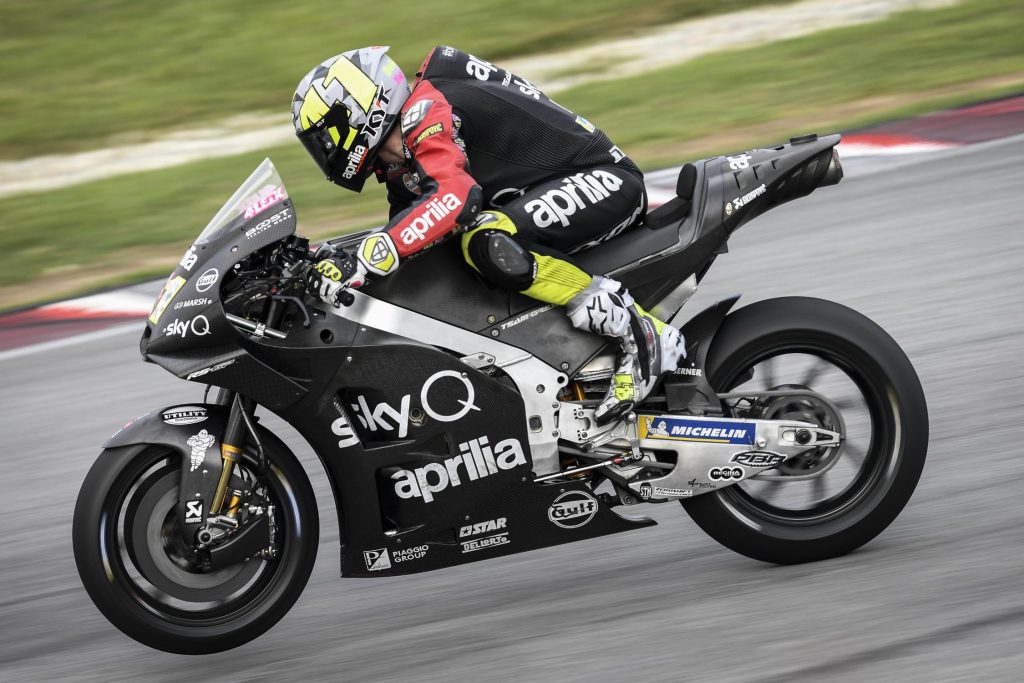
This arrangement encourages new teams to join the MotoGP class. Indeed, manufacturers such as Ducati and Suzuki benefitted from this to challenge the Big Two of Honda and Yamaha. They are not without concessions.
On the other hand, Aprilia and KTM are allowed more concessions in terms of fuel limits during the race, more engines per season, more testing and development, and wildcard riders. This will help to fast-track their MotoGP programs to join the upper ranks.
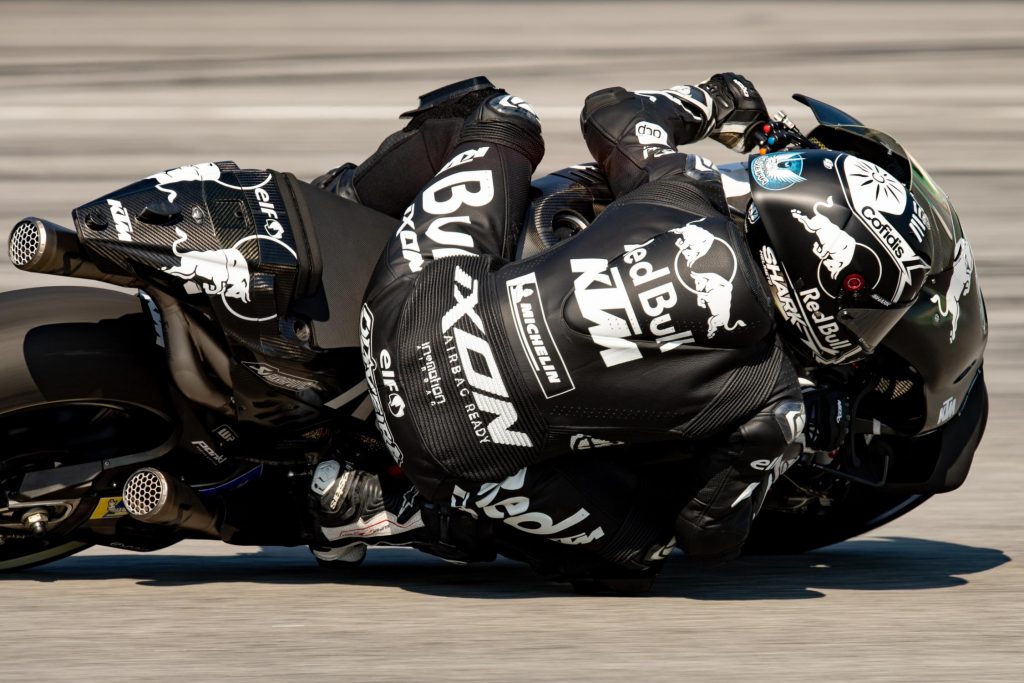
Without this rule, the bigger manufacturers will keep staying in front, while the smaller teams or newcomers find themselves languishing at the back of the field.
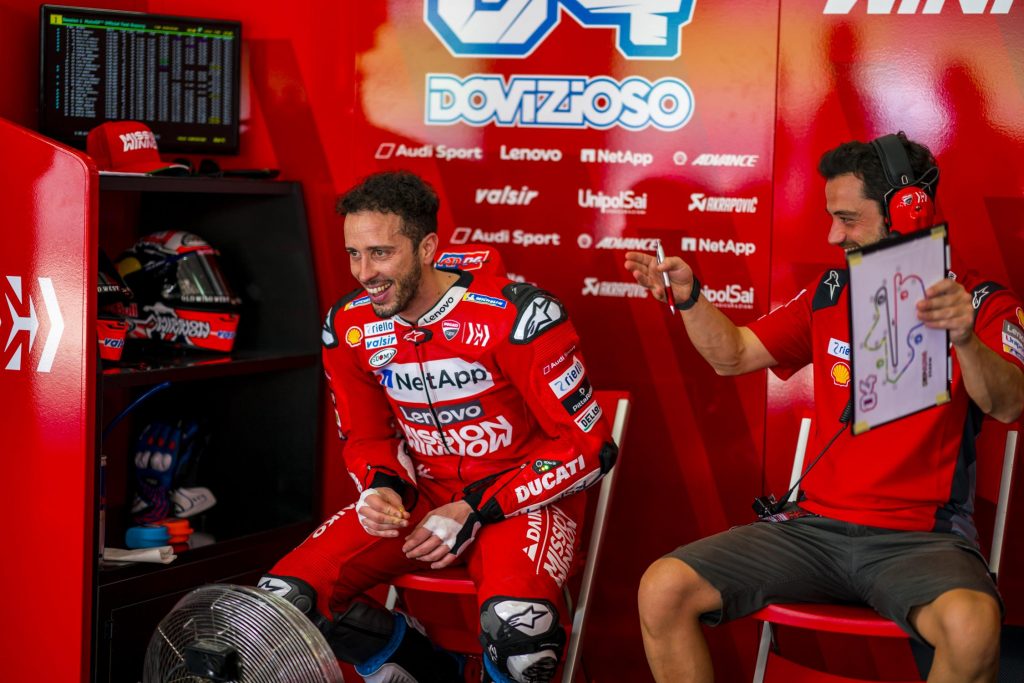
All images are originally published in MotoGP.com. Please click on this link to view the full gallery.



